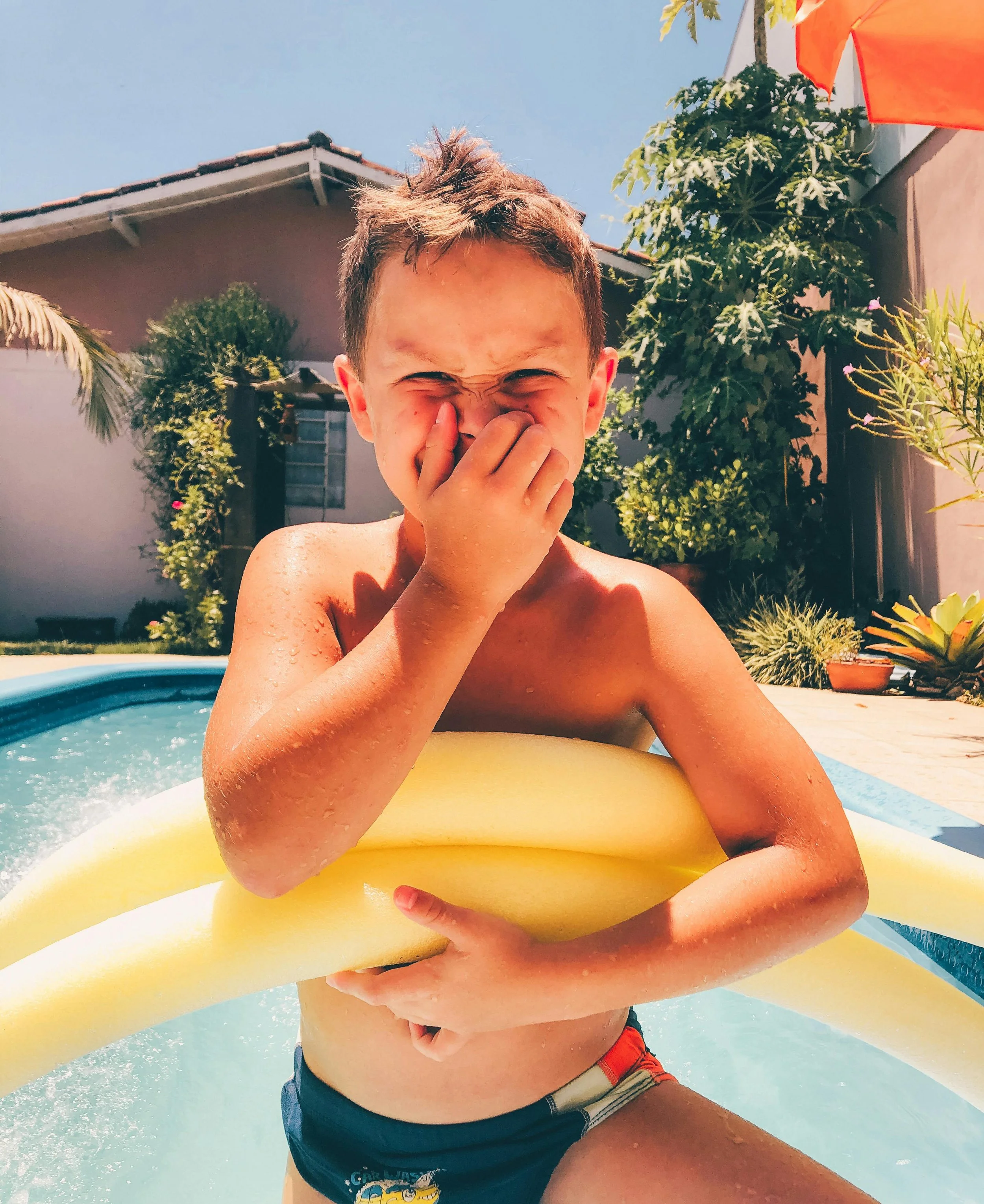Can Your Child Use a Pool Noodle? What This Simple Movement Reveals About Baby Body Language
The other day, I was at my local gym, squeezing in my regular workout. The gym overlooks the indoor training pool where groups of primary school children gather for their swim lessons—full of giggles, splashes, and that delightful chaos only kids can bring.
As I paused to watch the lesson unfold, something caught my eye.
The instructor was showing the children how to use those bright, floaty pool noodles—sliding them behind their shoulders and under their arms so they could lean back, rest their heads, and kick their legs freely in the water. A simple enough movement, you’d think.
But several children visibly struggled.
They hesitated when asked to tilt their heads back onto the noodle. Some resisted completely. Even when gently encouraged to "look up at the ceiling," they couldn’t quite let go or relax into the movement. And I knew, instantly, this wasn’t just about swimming.
From my 38 years of experience as a holistic practitioner and Baby Body Language expert, this reluctance to place the head backward often reflects something deeper—rooted in the child’s earliest experiences.
You see, a child’s body remembers.
That small movement—of extending the neck and tilting the head back—can be surprisingly confronting if a child’s neurodevelopmental sequence has been interrupted. This might stem from birth imprints, such as a challenging delivery, an assisted birth, or even limited opportunities for crawling or natural movement during infancy.
These children may also have shown similar signs as babies: discomfort during nappy changes, strong resistance to lying on their backs, or difficulty relaxing their neck and shoulders when held or bathed.
These aren't “bad habits.” They're early imprints—physical and emotional memories carried from their time in the womb, through birth, and during those critical first 1000 days of life.
As a parent, this might feel overwhelming—but please know, it's not about blame. It’s about awareness. And from awareness, gentle support and healing can begin.
So next time you notice your child struggling to place their head back—whether it’s in the bath, at play, or even during sleep—take a moment to observe with curiosity and compassion. These cues are your child’s way of speaking through their body.
And if you’re wondering how to support your child in building this important developmental movement, I invite you to reach out. Or simply write “MORE” in the comments—I'm always here to guide you.
With warmth and understanding,
Anne Matthews
The Baby Body Language Expert & Parent Coach

